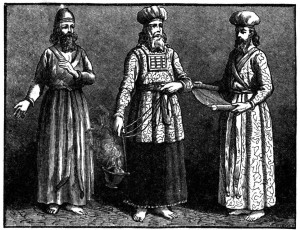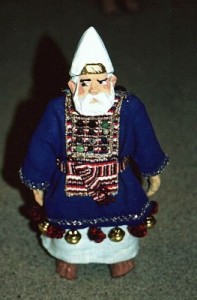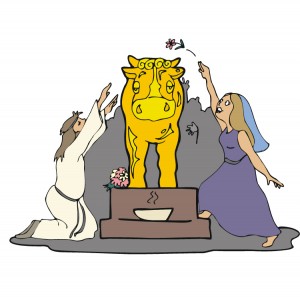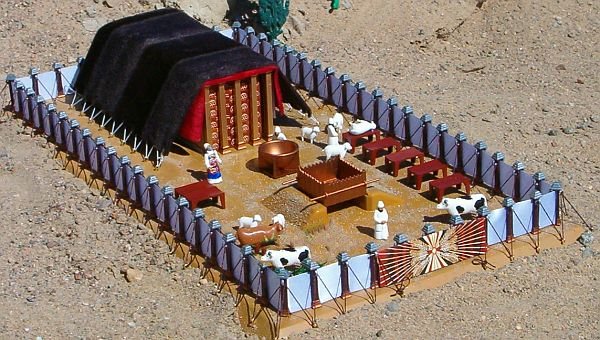Shabbat shalom everyone!
Here’s a long, meaty teaching for you to chew on today that will hopefully bring you into a closer spiritual walk with YHVH Elohim by giving you a deeper understand of his ways and expectations of us. Understanding the Tabernacle of Moses and the Levitical priesthood is the focal point of this teaching. It’s amazing how much we can learn from history and how it applies to us!
Scripture reveals that the saints are to be a holy or set-apart (kadosh) priesthood, not a profane (worldly and polluted) one. Which are you? Kadosh or profane?
YHVH Is Preparing His Saints to Be a Kingdom of Priests
In his Word YHVH revealed that ancient Israel’s destiny was to become a kingdom of priests (Exod. 19:6) and as such become a light to the nations to lead them to YHVH (Deut. 4:6-8). This is why YHVH in his sovereignty positioned the nation of Israel at the crossroads of the major trade routes of the ancient world—between three continents: Africa, Asia and Europe. Israel did not fulfill this prophetic destiny because of sin and rebellion. They desired to conform their lives to the standards of the wicked nations around them rather than conform to YHVH’s standards of righteousness as revealed in the Torah-law.
Those who come to faith in Yeshua the Messiah become children of Abraham and are thus Israelites (Rom. 4:16; 9:8-11; Gal. 3:7, 9, 14, 28-29) who have been grafted in to the olive tree of Israel (Rom. 11). Ancient Israel never fulfilled its divine calling to a kingdom of priests and a light to the nations of the world. YHVH’s calling and purposes for Israel are without repentance (Rom. 11:29). What ancient Israel failed to accomplish because of disobedience, rebellion and faithlessness will be left to grafted in Israel—the one new man in Yeshua the Messiah—to accomplish. Yeshua commissioned his disciples to preach the Good News (Gospel) of the kingdom of Elohim to the world (Mark 16:15; Acts 1:8). But more than that, his disciples were to become that kingdom of priests that ancient Israel missed the opportunity to become.
We read in the Testimony of Yeshua (New Testament) that the Saints of YHVH will be called kings and priests (or a kingdom of priests) of YHVH-Yeshua the Messiah and will reign with him during the 1000-year Millennium or Messianic Age. Continue reading





